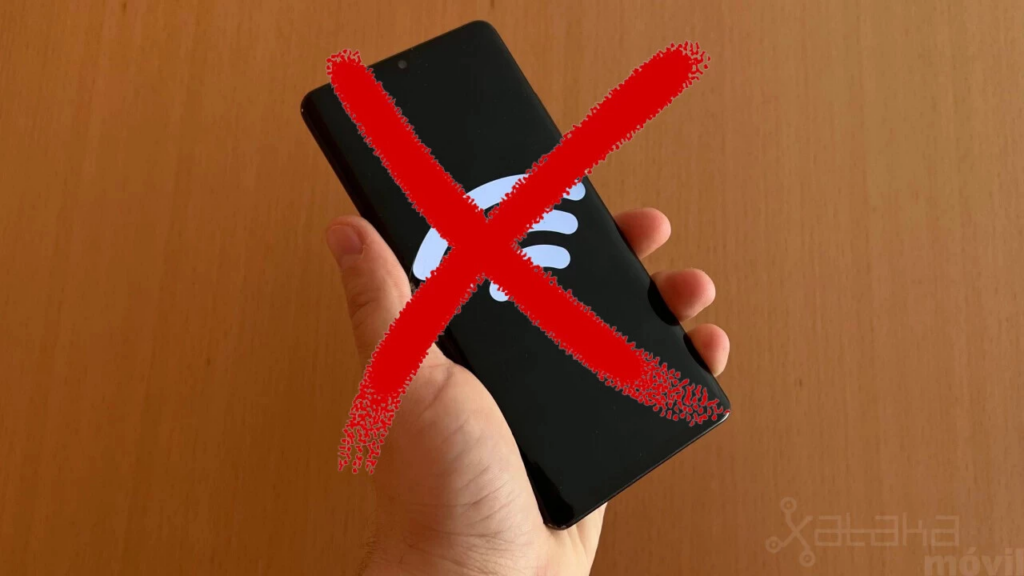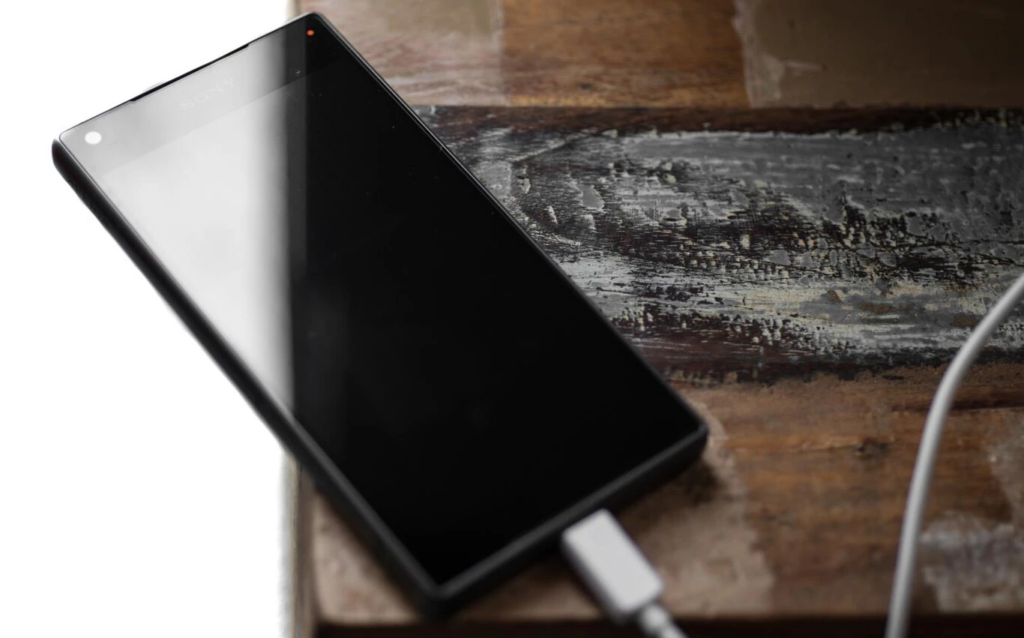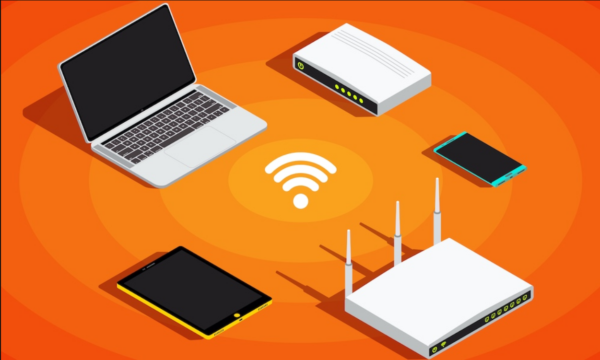WiFi’s bizarre pre-WiFi names 2023
Who today does not know what WiFi is? The wireless connection that dominates our devices, whether they are computers, tablets, or Android phones, is used to connect to the router and gain Internet access. However, despite the fact that it seems like we’ve heard this name our entire existence, it wasn’t always called that.
Since he was born, the WiFi connection has been referred to by other names and has been used for purposes that are vastly different from those we use today. Let’s examine all of the names. It featured IEEE 802.11 b Direct Sequence connectivity and a glimpse into the foreseeable future.
The history of the most famous connection in the globe
Hedy Lamarr, an actress and technologist, created a secure communications system that was impervious to third-party interference in the 1940s. World War II saw the development of radio-guided torpedoes that utilized a form of frequency hopping that would later be considered primitive. These evaded hostile detection and paved the way for the development of ALOHAnet, a wireless network for communication between the Hawaiian islands.

Later, in the early 1990s, the well-known companies AT&T and NCR connected cash registers using this technology. In this instance, the given moniker was WaveLAN. WECA (for the initial name of the Wi-Fi Alliance) and DragonFly were also discontinued.
These were the earliest indications of a relationship that would later gain popularity in other regions. The first WiFi connection, known as IEEE 802.11, was created in 1997, but it wasn’t expanded until 1999, when the Wireless Ethernet Compatibility Alliance (now known as the Wi-Fi Alliance) was established. Initially, only ten corporations were members of the collective.There are currently over 700.
According to one of the Wi-Fi Alliance’s architects, the term WiFi is nothing more than a marketing strategy. Interbrand, which proposed up to 10 names to the Wi-Fi Alliance, introduced this term. Regarding the logo, it incorporates the yin and yang symbol (hence the white and dark sections).
This IEEE 802.11 began its evolution by adding letters to the names of its subsequent iterations. IEEE 802.11b debuted in 1999, IEEE 802.11g added OFDMA (Orthogonal Frequency Division Multiplexing) in 2003, and both versions are included in the most recent IEEE 802.11n (where MIMO is included to permit more outputs and inputs).

Unending WiFi: the concepts we have yet to master
Since its official introduction, this wireless connection technology has undergone numerous modifications that demonstrate its development. Wi-Fi 6named for its specification 802.11ax, which was announced in 2021, is one of the most recent concepts we’ve had to adopt, but it is not the only one.
According to a forecast presented in 2022, Wi-Fi 7 will be released with the promise of becoming a “important milestone.” Also known as 802.11be, it not only assures greater data transmission and enhanced security, but also permits the connection of more devices simultaneously.

According to Dorothy Stanley, a member of the IEEE SA, WiFi is a technology that will continue to exist in the future years. She also mentions that they are striving to improve WiFi’s range, performance, and compatibility with older versions: “I believe we will see more WiFi in the future.”
There is no doubt that this type of connection still has a long life, but the expansion of new networks, such as 5G, or new satellite connections, such as the Starlink project, which recently reduced its price, may compromise your domain.
Regardless, we have examined the history of WiFi’s birth and discovered its peculiar identities. Now, we will wait for a future in which it becomes even more essential and the service’s quality improves, providing us with excellent connectivity wherever we are.

